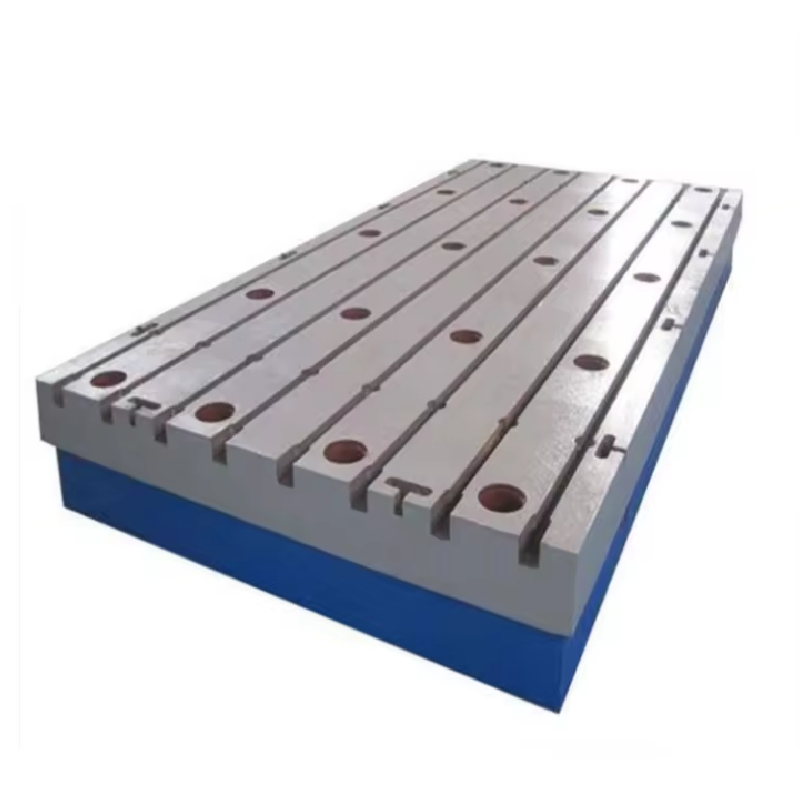Nov . 09, 2024 04:15 Back to list
Exploring Various Types of Directional Control Valves and Their Applications
Different Types of Directional Control Valves
Directional control valves are an essential component in hydraulic and pneumatic systems. They manage the flow of fluid within a system and control the movement of actuators such as cylinders and motors. By directing the flow paths in these systems, directional control valves play a crucial role in ensuring effective operation and safety in various applications. In this article, we will explore the different types of directional control valves and their functional characteristics.
1. Sliding Spool Valves
Sliding spool valves are among the most common types of directional control valves. They consist of a spool that slides within a cylindrical housing. The spool has various grooves and lands that align with the ports, controlling the flow of fluid to different paths. Depending on the position of the spool, it can allow fluid to flow in one direction, both directions, or block the flow entirely. These valves typically have two or more positions, with the most common being two-way and three-way configurations. They are ideal for applications requiring precise control and are commonly used in industrial machinery.
2. Rotary Valves
Rotary valves, also known as rotary actuated valves, use a rotating mechanism to control fluid flow. They are available in different designs, such as cam-operated or geared systems. The valve body rotates to open or close the flow paths, making them suitable for applications requiring rapid switching or multi-directional control. Rotary valves are advantageous in compact spaces due to their streamlined design, and they are often found in applications such as vehicular hydraulic systems and industrial automation.
3. Poppet Valves
Poppet valves operate using a poppet that opens and closes the flow path. These valves typically consist of a spring-loaded mechanism that holds the poppet in a closed position. When fluid pressure is applied, the poppet is lifted off its seat, allowing flow through the valve. Poppet valves are effective for high-flow applications and are often used in automotive and aerospace industries. They provide a positive seal when closed and are less prone to leaks compared to other types of valves.
different types of directional control valve

4. Solenoid Valves
Solenoid valves are electrically operated valves that use an electromagnetic solenoid to control the opening and closing of the valve. When an electric current is applied to the solenoid, it generates a magnetic field that shifts the valve mechanism, allowing or blocking fluid flow. Solenoid valves are widely used in automation systems, as they can be easily integrated with control circuits. They offer quick response times, making them suitable for applications requiring fast actuation, such as in air conditioning systems and medical devices.
5. Manual Valves
Manual valves are operated by hand rather than automatically. Operators physically manipulate the valve lever or handle to change the flow direction. While they are not suitable for high-speed operations, manual valves provide excellent control in situations where precision is crucial. They are commonly used in maintenance applications and small hydraulic systems where automated control is not necessary.
6. Check Valves
Although check valves are technically not directional control valves in the traditional sense, they play a role in managing fluid flow. They ensure that fluid flows in only one direction and prevent backflow. Check valves are commonly used in conjunction with other directional control valves to enhance system reliability. They are critical in protecting hydraulic systems from damage due to reverse flow.
Conclusion
Directional control valves are vital components in a wide range of hydraulic and pneumatic systems, ensuring efficient operation by controlling fluid flow paths. The choice of valve depends on various factors, including the specific application, required flow rate, and system complexity. From sliding spool and rotary valves to solenoid and manual valves, each type offers unique advantages tailored to different operational needs. Understanding these different types allows engineers and operators to design and implement systems that are both efficient and reliable, ensuring optimal performance across various industries.
-
Precision Manufacturing with Advanced Spline Gauge DesignNewsJul.31,2025
-
Industrial-Grade Calibrated Pin Gauges for Exact MeasurementsNewsJul.31,2025
-
Industrial Filtration Systems Depend on Quality Filter DN50 SolutionsNewsJul.31,2025
-
High-Performance Gate Valve WholesaleNewsJul.31,2025
-
Granite Surface Plate The Ultimate Solution for Precision MeasurementNewsJul.31,2025
-
Granite Industrial Tools The Ultimate Guide for Bulk BuyersNewsJul.31,2025
Related PRODUCTS









